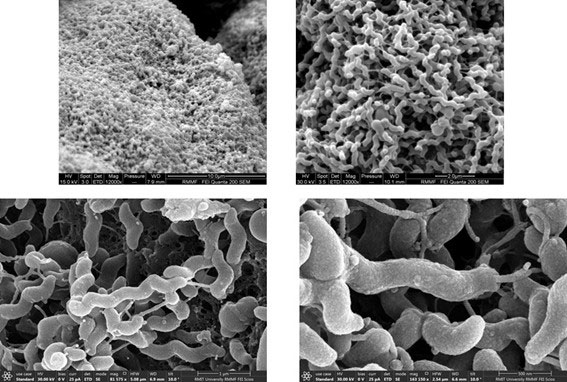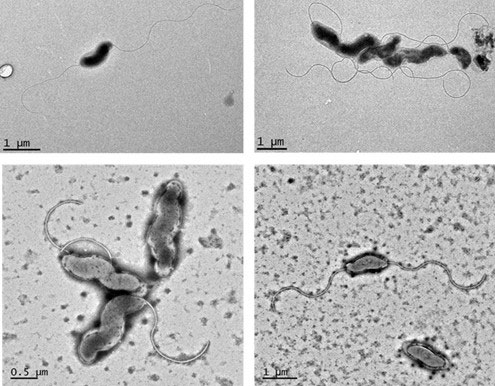System warns of powerline faults to prevent blackouts and bushfires
An early fault detection (EFD) system invented at RMIT University is helping to prevent bushfires and blackouts in North America, Europe and Australia.
Improving language teaching through immersive global experiences and cultural exchange
A strong partnership between Australia and Japan is improving language education and global experiences for pre-service teachers and enriching school students’ education.
Improving urban design to bring nature back into our cities
Nature friendly urban design is being encouraged to make our cities more liveable.
Measuring digital inclusion to increase equitable access for all
A long-term research project and index is providing vital information about digital inclusion to improve access to and effective use of digital technologies for all Australians.








